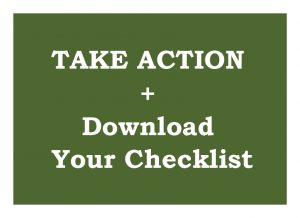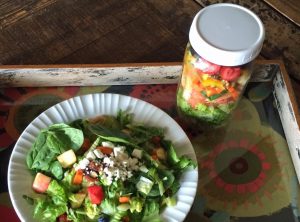
In a fast-paced world with countless distractions and demands on our focus, mindfulness and meditation have gained popularity. The most basic principles of mindfulness are about living consciously and paying close attention to the present moment. Because mindfulness requires a special level of attention, it may seem challenging for a person with ADHD to practice this form of meditation. However, research has shown that mindfulness, when adapted for ADHD, can improve focus and concentration.
#1: Single-Tasking
With the demands of modern living, multitasking has become the norm for many people. Unfortunately, multitasking often does more harm than good, resulting in memory problems, excess stress, and increased distractibility. Practicing mindfulness demands single-tasking and asks practitioners to focus on one task at a time. Slowing down and eliminating multitasking can increase your focus and your productivity.
#2: Stress Reduction
Stress often escalates when people get overwhelmed by present demands and future fears. Mindfulness asks that your attention remain in the present moment. Instead of worrying about the future, mindfulness brings your attention back to the present and allows you to focus on what’s in front of you. Mindfulness will help you redirect your thoughts away from future worries and anxieties so you can focus on the present. In addition, the improved focus you’ll get from single-tasking will help prevent you from getting overwhelmed and stressed by everything coming at you all at once.
#3: Improve Concentration
Other research has shown that mindfulness can help rewire your brain and create new neurological pathways. It has also been shown to increase grey matter in the brain, and that extra density can improve one’s overall psychological well-being. By rewiring your brain and creating new pathways through mindfulness and meditation, you’re helping yourself find new ways to cope with stress and handle tasks. This all means that you’ll be better equipped to deal with distractions, resulting in improved concentration.
At first, mindfulness may seem challenging. In fact, many new practitioners struggle with feeling that mindfulness has made them more distracted. This feeling is normal because mindfulness will initially draw attention to your propensity for distraction. Noticing your distractions is the first step in the process. With time, you’ll learn to recognize them and let them go so you can focus on the task at hand.
I hope you find these tips helpful. Watch for my group on planning that I will be rolling out sometime this summer.
NEED HELP? Set up a complimentary strategy session so we can talk about it HERE.







 One of my clients wrote a document that she calls the “Jones Principles”. These are attitudes that she has learned throughout our coaching over the past several years. One of the Jones Principles is the principle of multiplicity. In other words, if you are going to put the work in, make it so that you will benefit from the it more than once. At the end of this article you will find a handy Jones Principles Checklist that you can download!
One of my clients wrote a document that she calls the “Jones Principles”. These are attitudes that she has learned throughout our coaching over the past several years. One of the Jones Principles is the principle of multiplicity. In other words, if you are going to put the work in, make it so that you will benefit from the it more than once. At the end of this article you will find a handy Jones Principles Checklist that you can download! Probably the most helpful streamlining thing I do however is making salad for the whole week. I put the salad in 5-7-quart sized mason jars, and voila! Lunch is done for the week! The ingredients for my salad include romaine lettuce, spinach, carrots, red yellow or orange peppers, apples, strawberries walnuts and feta. Bear in mind that the apples and avocados do turn a little bit brown, but it doesn’t affect the flavor at all. If you want, you could toss them in with a little lemon juice before adding them to the jar to help them retain their color (but I think it changes the flavor).
Probably the most helpful streamlining thing I do however is making salad for the whole week. I put the salad in 5-7-quart sized mason jars, and voila! Lunch is done for the week! The ingredients for my salad include romaine lettuce, spinach, carrots, red yellow or orange peppers, apples, strawberries walnuts and feta. Bear in mind that the apples and avocados do turn a little bit brown, but it doesn’t affect the flavor at all. If you want, you could toss them in with a little lemon juice before adding them to the jar to help them retain their color (but I think it changes the flavor).